Anthony Burgess’s Banned Books
-
Graham Foster
- 28th August 2018
-
category
- Banned Books
A few months after Anthony Burgess had moved to Malta in November 1968, his personal library was inspected by officials of the Postmaster General’s Office in Valletta. Malta’s strict laws against the vilification of religion, obscenity and immorality meant that a number of Burgess’s books were confiscated and destroyed.
The official documents relating to the confiscated books are now in the archive at the International Anthony Burgess Foundation. They show that 47 titles were examined by the Postmaster General, of which 43 were destroyed. The four books that were returned to Burgess after he appealed were The Anti-Death League by Kingsley Amis; He and She by Edward Le Comte; Let Noon be Fair by Willard Motley; and The Great Spy Race by Adam Diment.
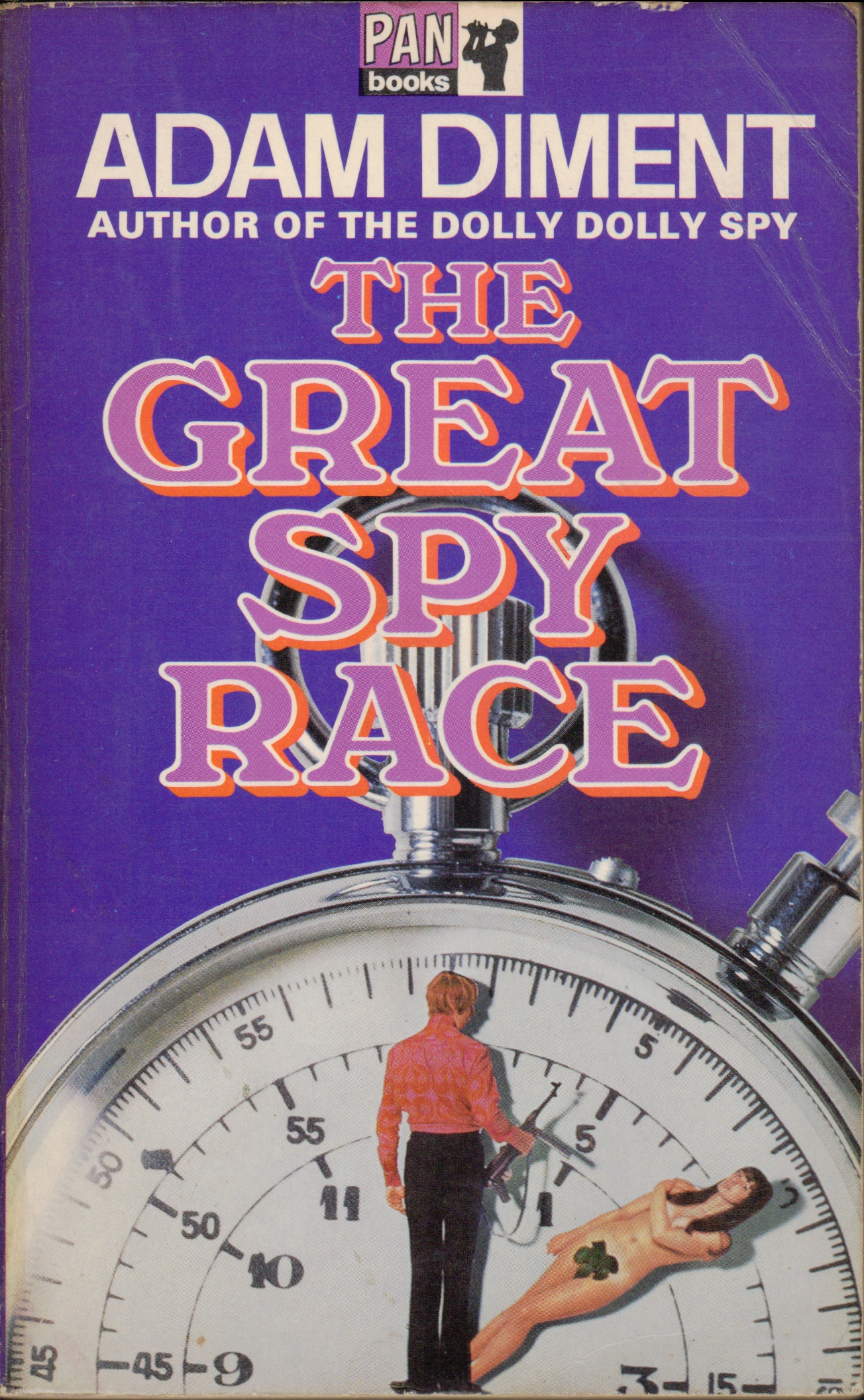
The confiscated books were a mixture of thrillers, serious non-fiction books about sexology, and novels which were judged to be either too sexy or too blasphemous. It seems that many of these books were confiscated because of their front cover images, as the contents are in some cases remarkably tame, as in the case of Sabre-Tooth by Peter O’Donnell (pictured below). The promise of the cover’s cat-suited heroine is not fulfilled by the novel’s sexless, by-the-numbers plot.
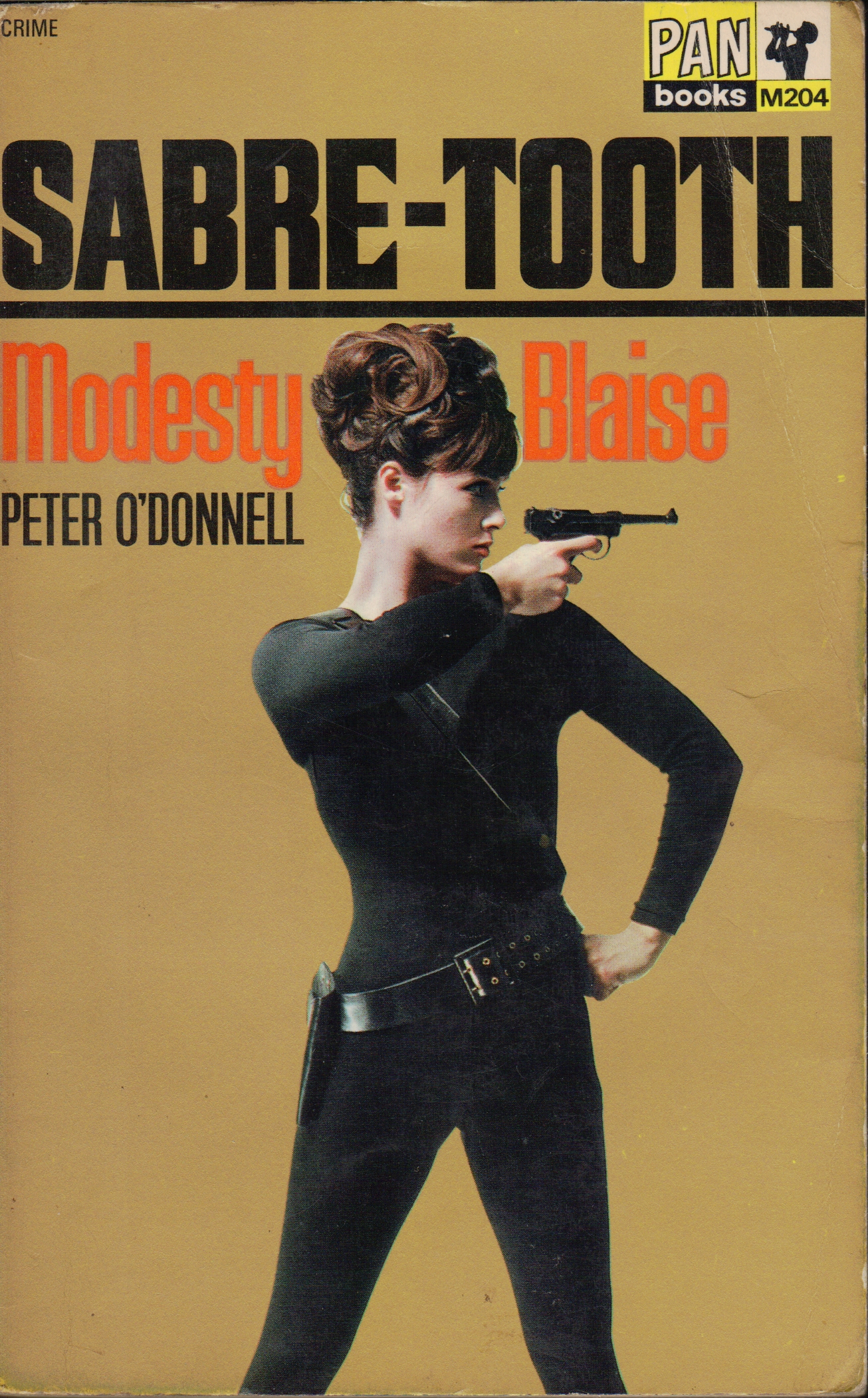
A more salacious tome is the provocative sex comedy Keep It Kinky by Jonathan Clements. In this novel, a swinging photographer called Nathaniel Spry goes around rural England seducing chambermaids and ladies of the manor. In one memorable scene, he becomes amorous with a young lady in a barn, only to be savaged by a rampant goat.
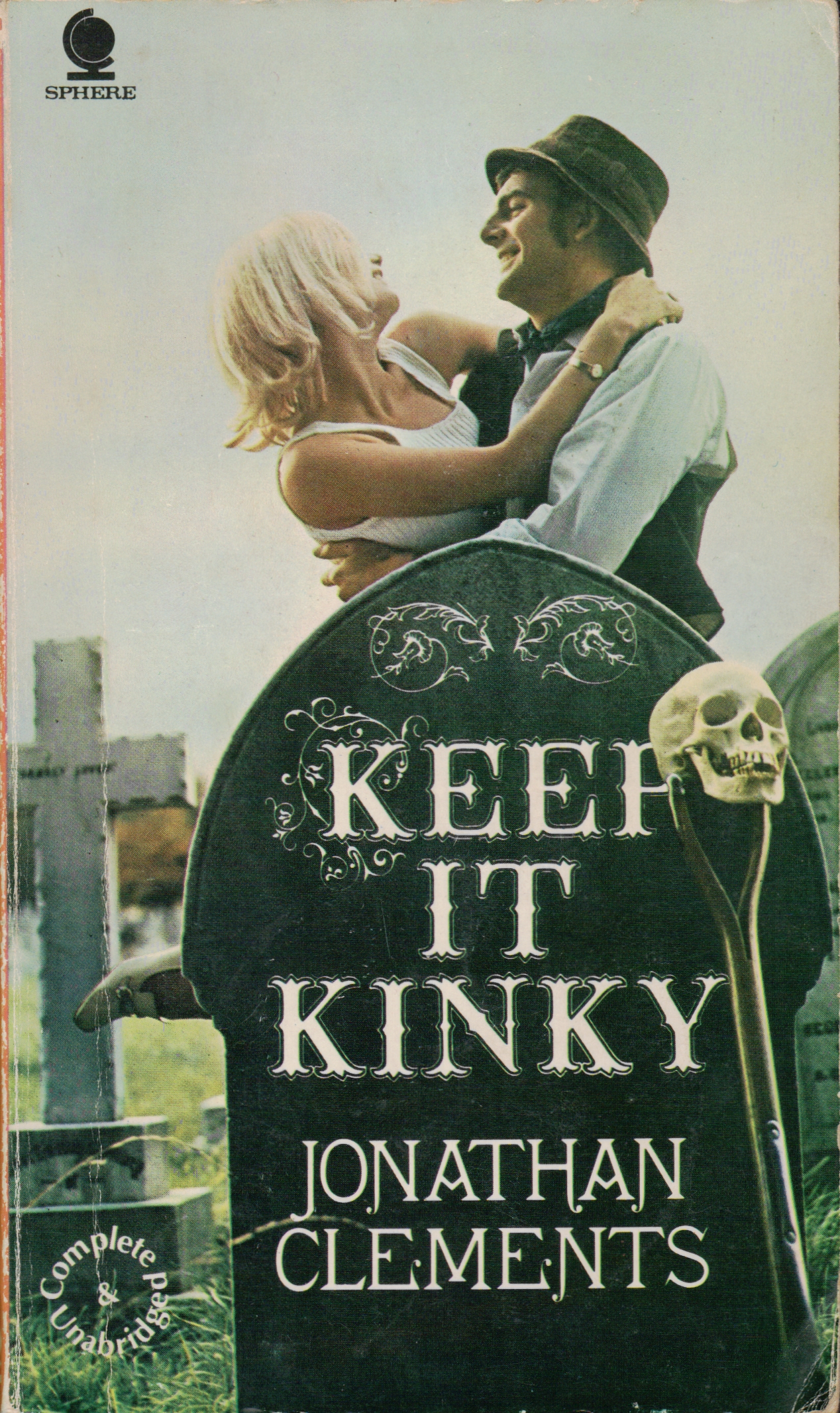
The Sordid Side (of London Town) by Norman Nash details the seedy underbelly of the capital in a strangely matter-of-fact style. The book, a kind of Lonely Planet guide for illicit pleasures, reveals where to watch ‘blue films’, where to find companionship, and where to dabble in the black market. Burgess needed no introduction to the criminal sub-culture of London, which he had already described at length in his novel, The Doctor Is Sick (1960).
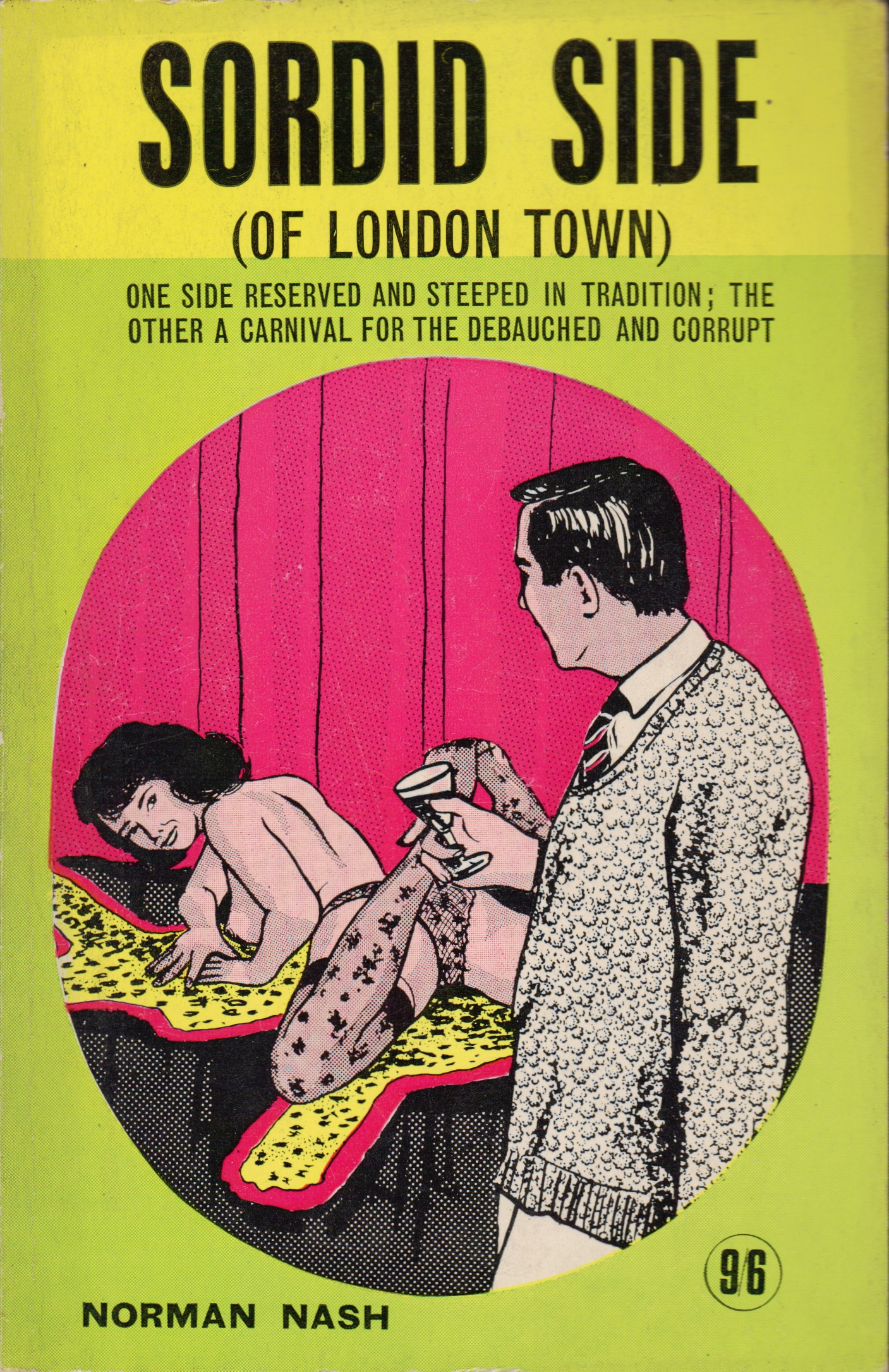
Not all of the confiscated books had erotic subject matter. The Maltese censors were also on the lookout for blasphemy, satanism and other anti-religious writing. This meant that the works of Dennis Wheatley were prime targets. Burgess’s copies of The Satanist, Unholy Crusade and To the Devil, A Daughter were all destroyed, despite being stories of conservative heroes defeating the forces of satanic and pagan evil.
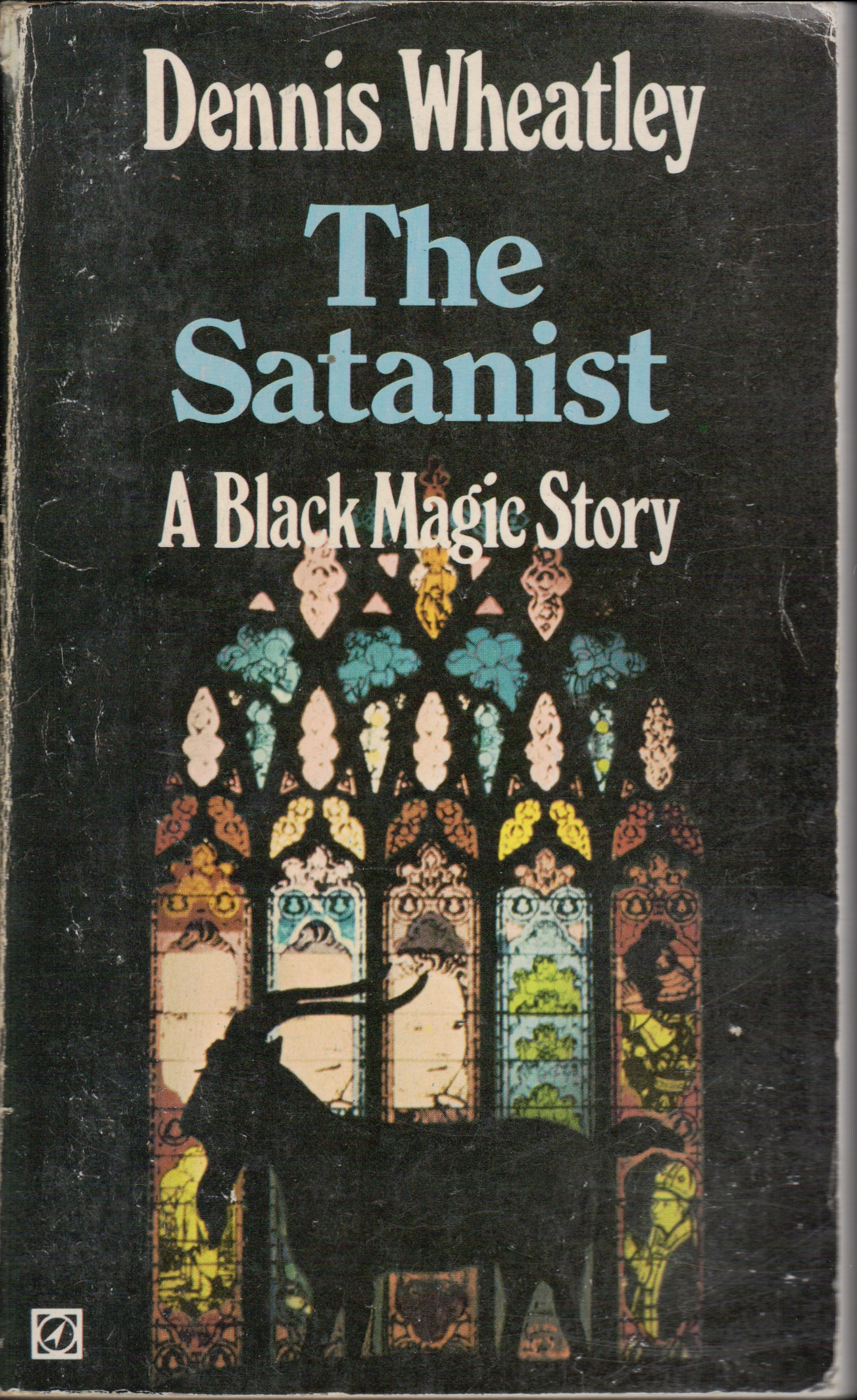
The censors did not spare books which might have been thought to demonstrate literary merit. Volumes such as Lady Chatterley’s Lover by D.H. Lawrence and The Magic Toyshop by Angela Carter were confiscated. In 1960, Lawrence’s novel, concerning a gamekeeper’s affair with his aristocratic employer, had been the subject of a obscenity trial at the Central Criminal Court in London. The jury acquitted the novel, challenging the censorious voices of the establishment and forever changing Britain’s cultural landscape. Burgess went on to write a study of Lawrence’s life and works, published under the title Flame Into Being in 1985.
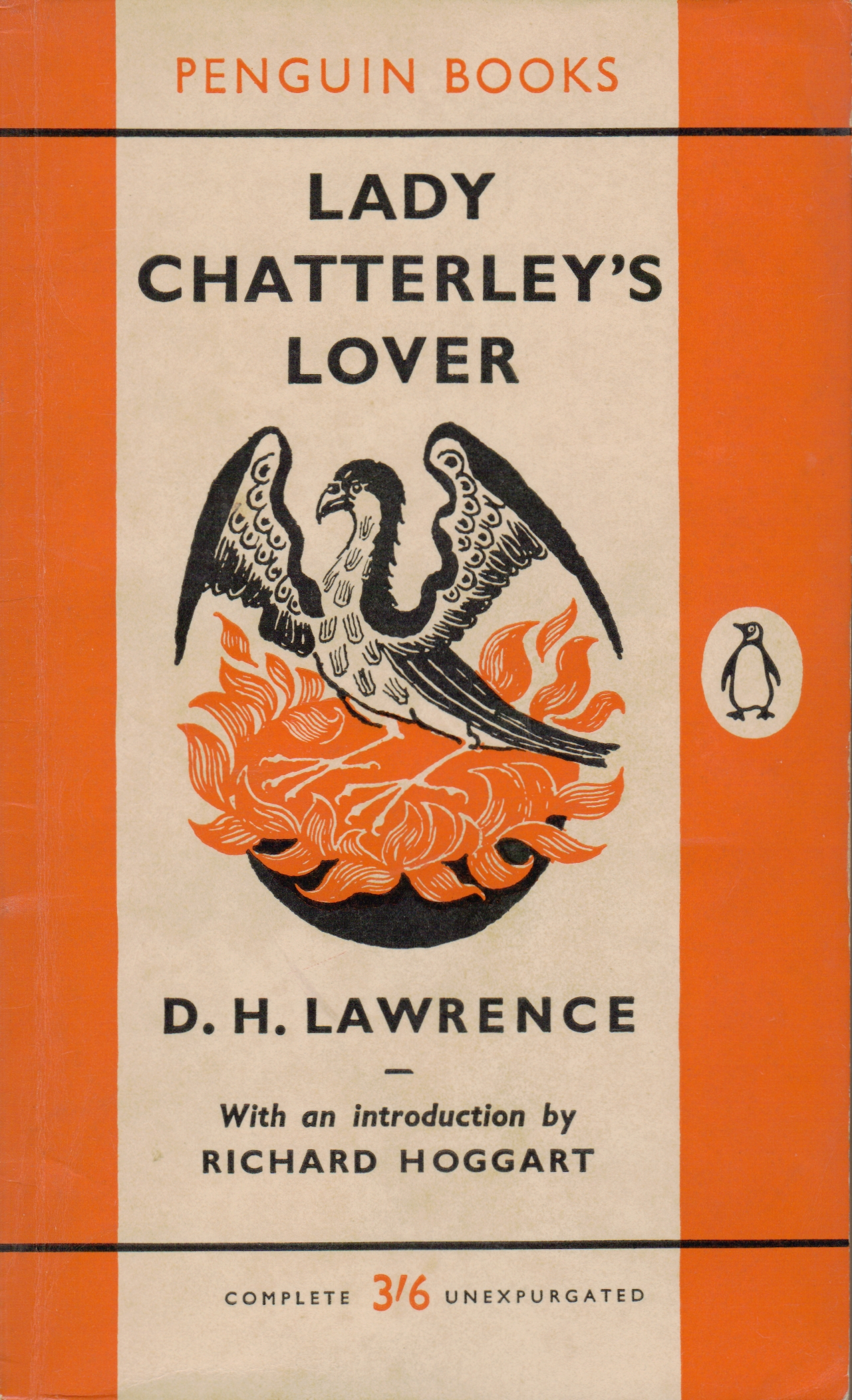
Burgess was enraged by the seizure by the Maltese authorities of books from his personal library. He became the victim of further acts of state censorship when he tried to import books into Malta. Not only were offending stories and advertisements scissored out of his morning newspapers, but copies of books he was hired to review were intercepted and often not delivered. These experiences stand behind Burgess’s notorious lecture Obscenity & the Arts, a fierce defence of free speech and an attack on the rigid censorship code enforced by the Maltese government of the day. As Burgess pointed out, many books which could be bought and sold without restriction in the Vatican City were banned, supposedly for religious reasons, in Malta.
Burgess’s lecture has now been made available to an international readership for the first time, thanks to the new edition from Pariah Press. Obscenity & the Arts contains the full text of Burgess’s lecture, a lively response by Germaine Greer, a dialogue between Burgess and Marie Said about censorship, photography from the archive, and an introduction to Burgess and Malta by Andrew Biswell. Full details can be found on the Pariah Press website.


